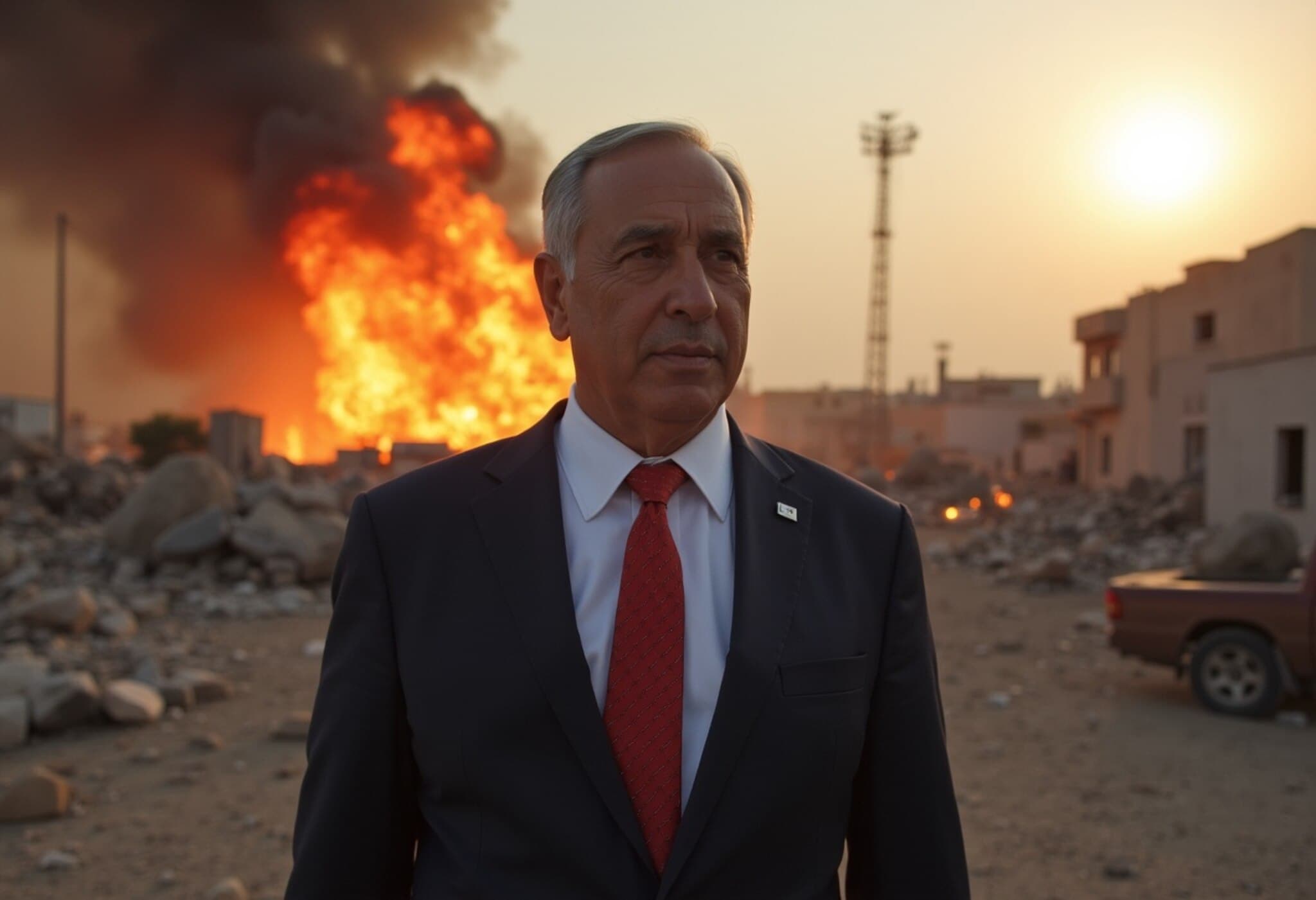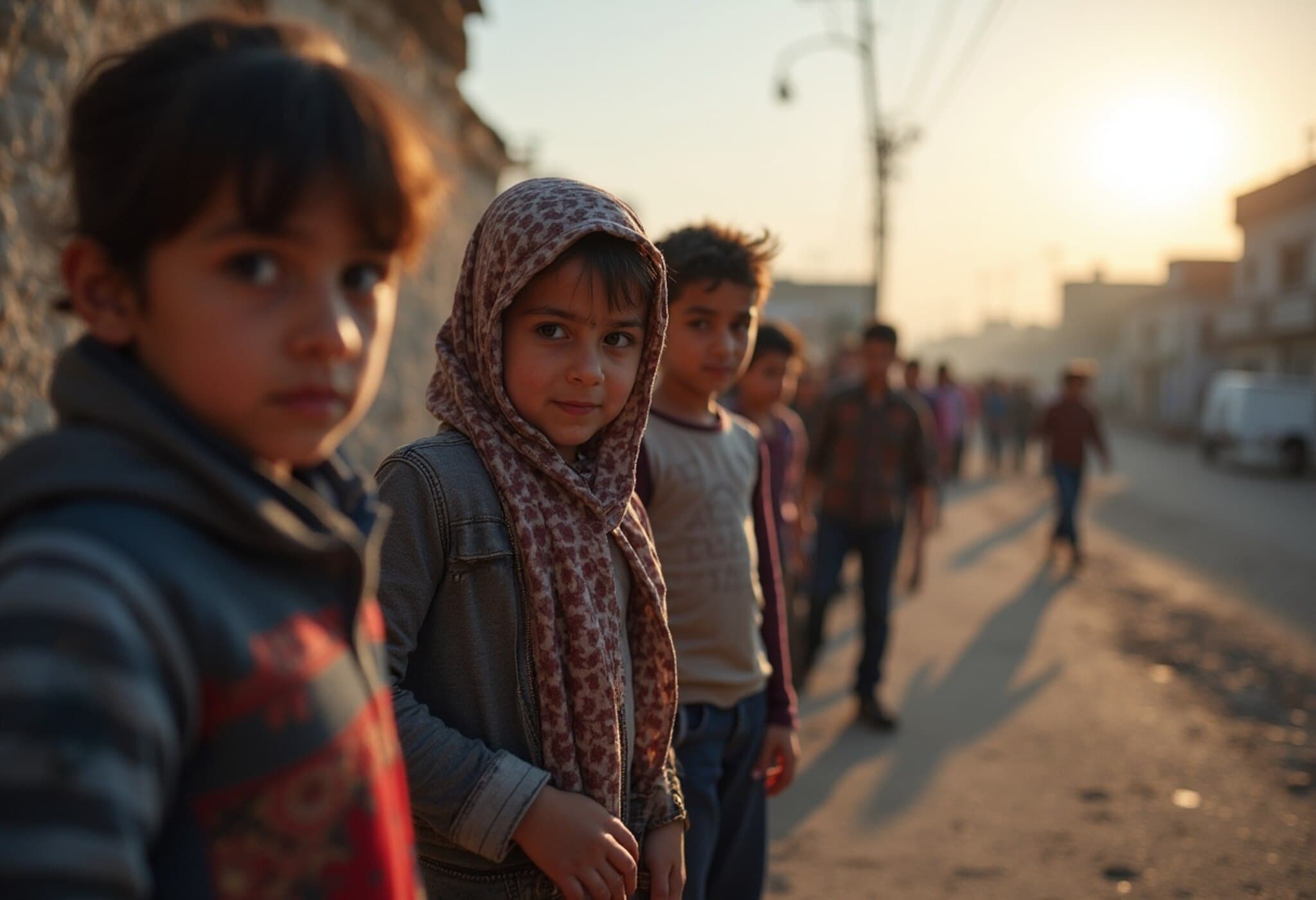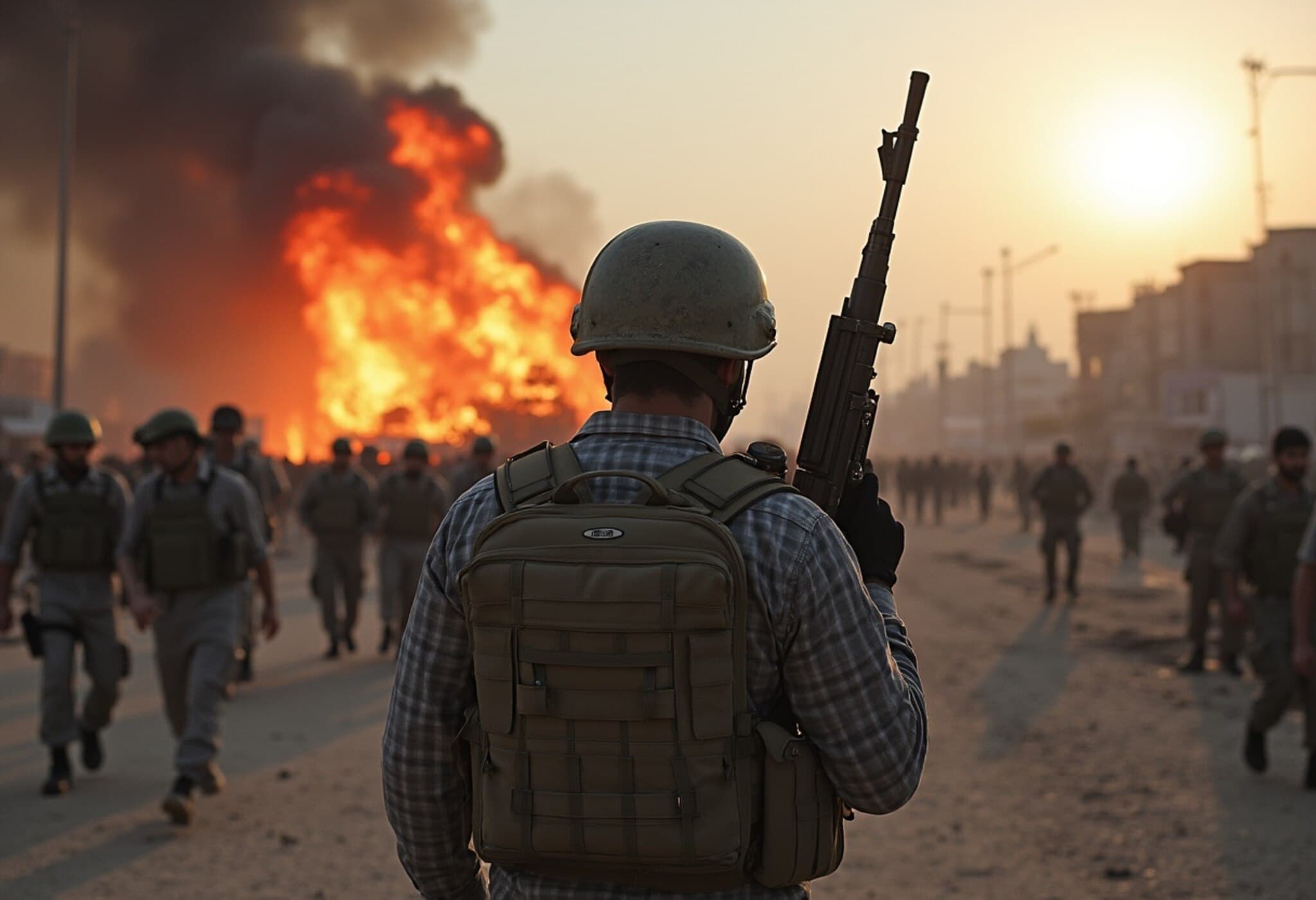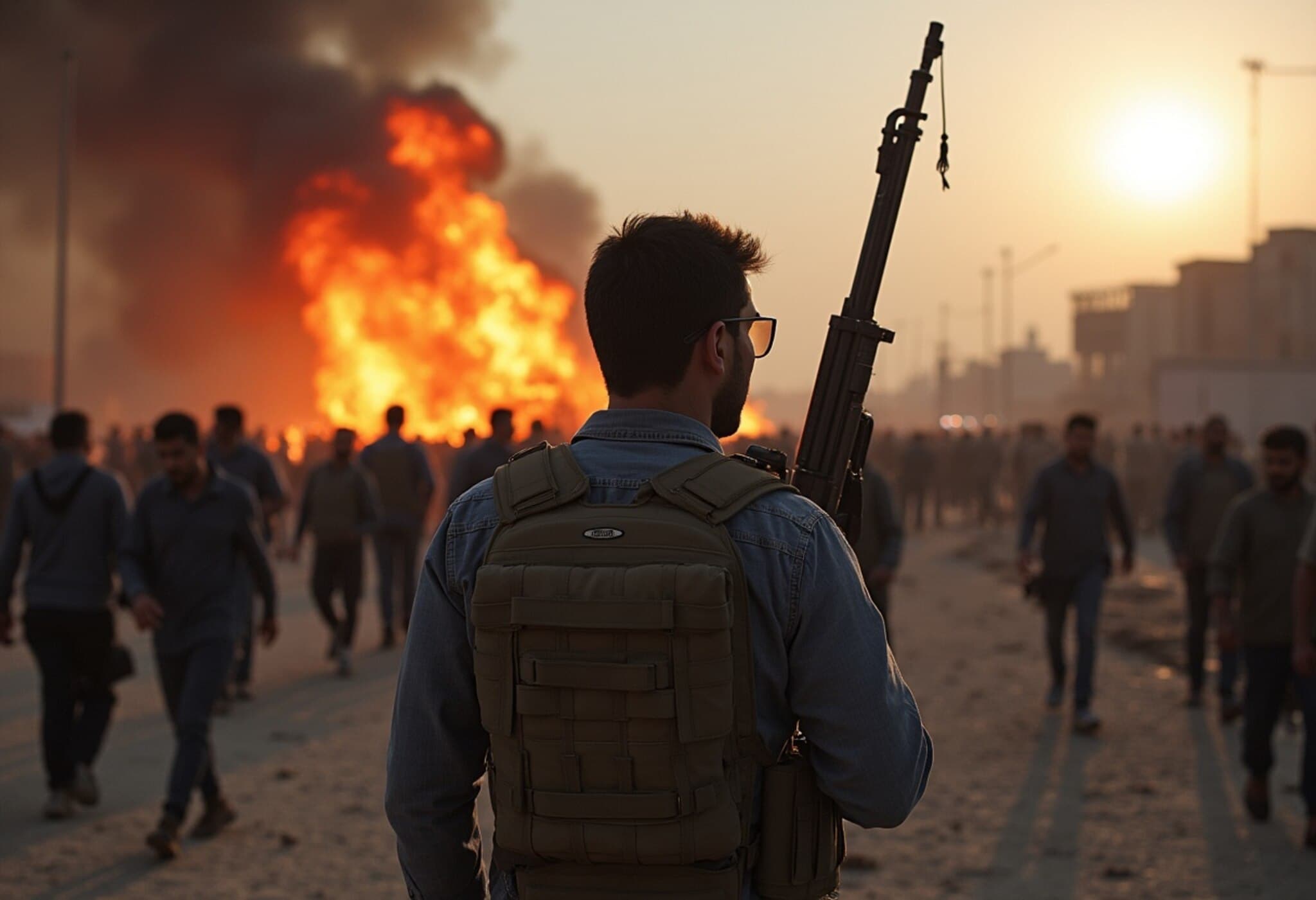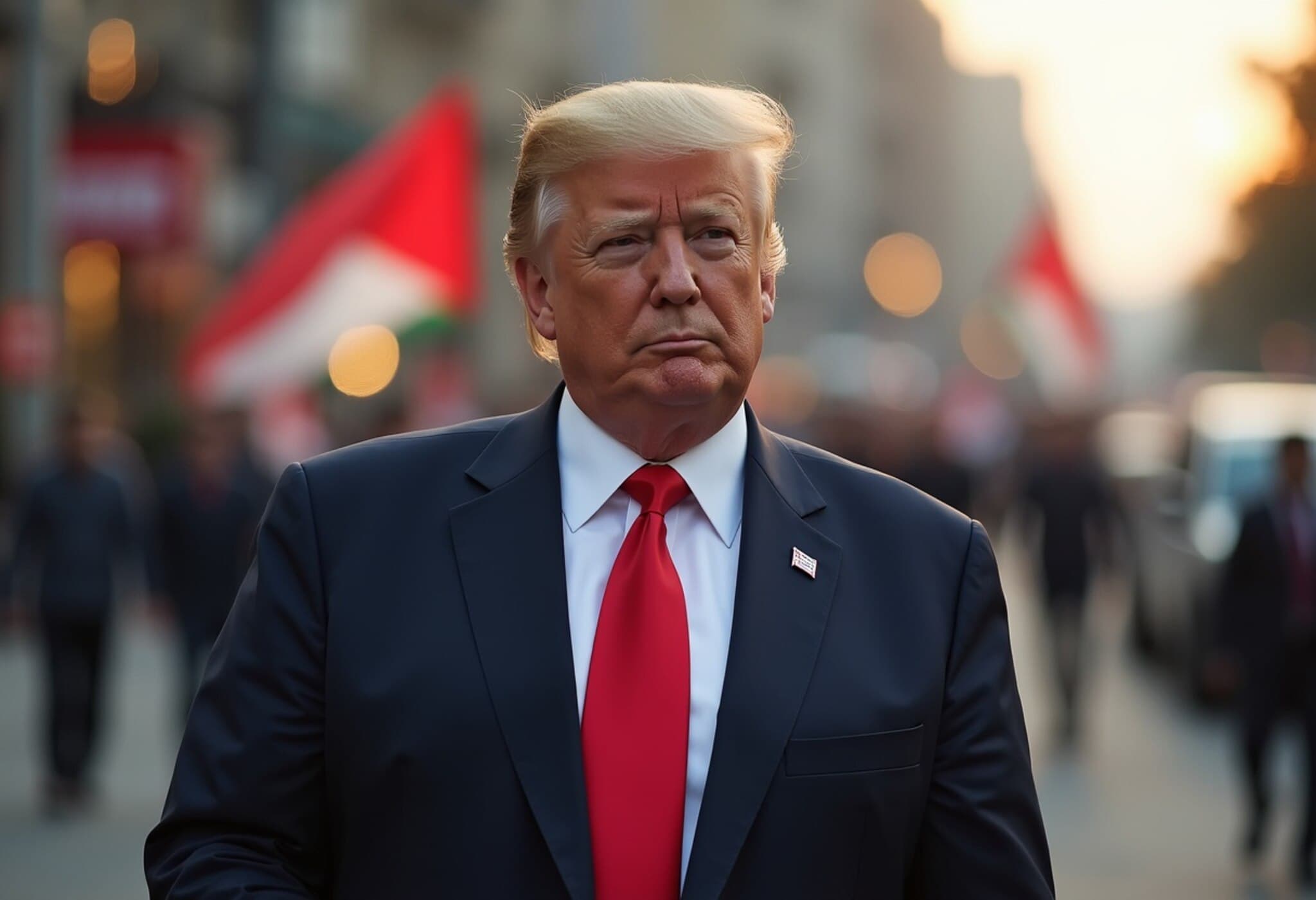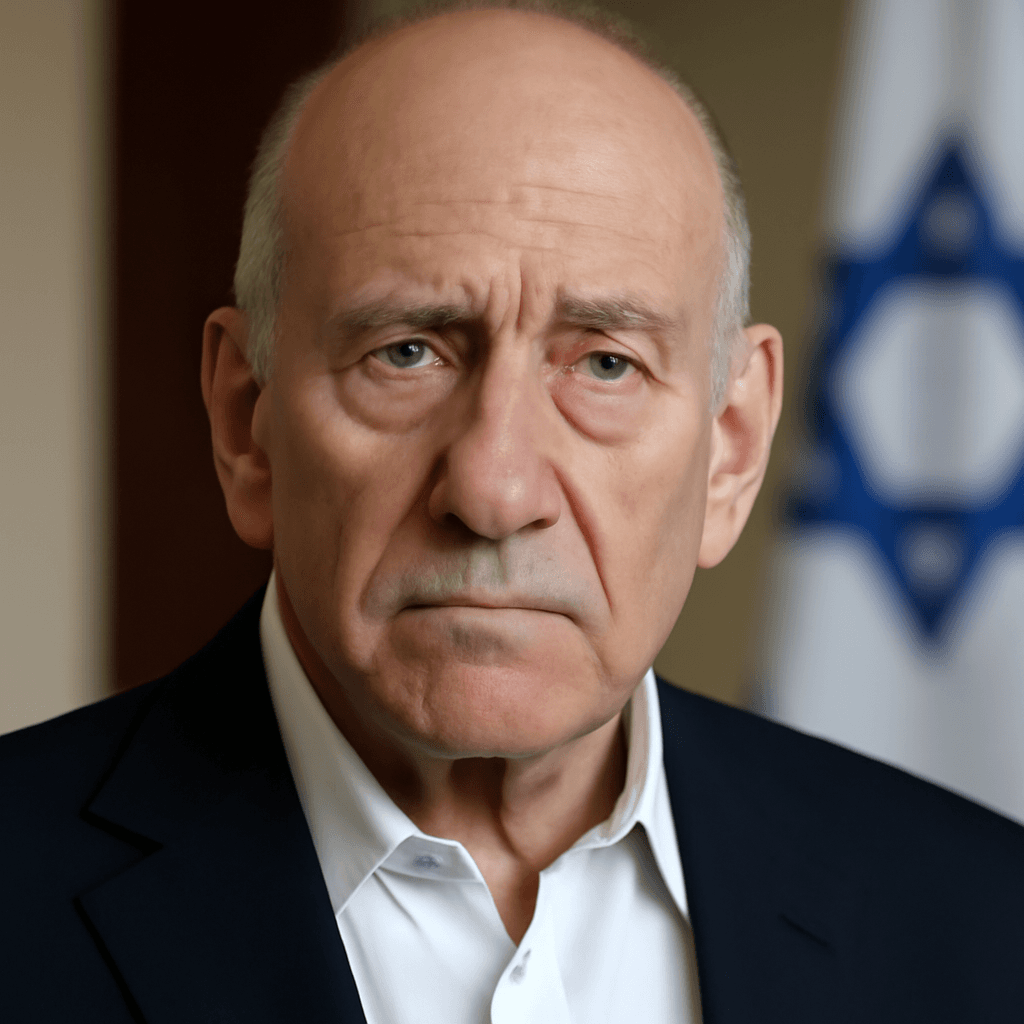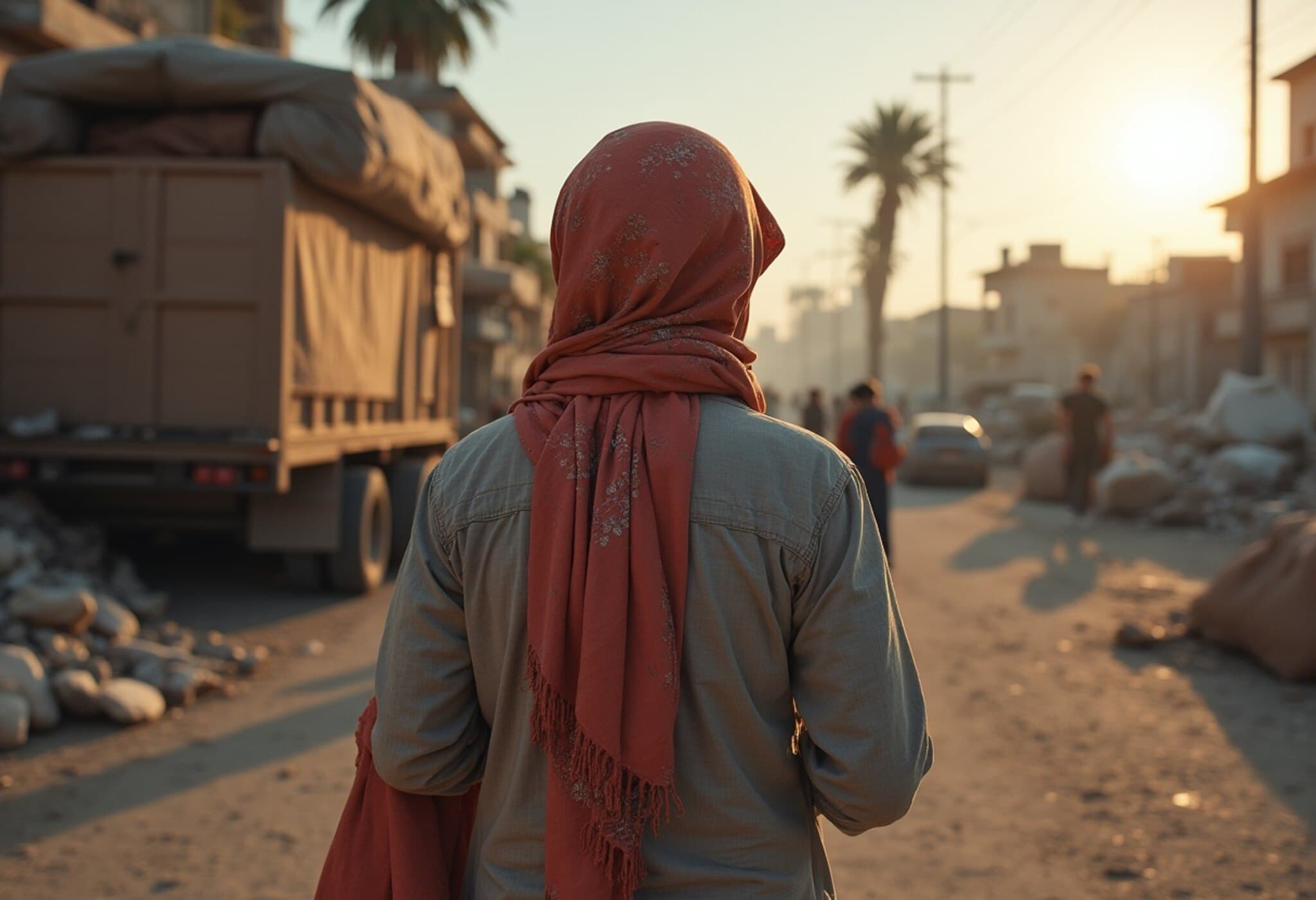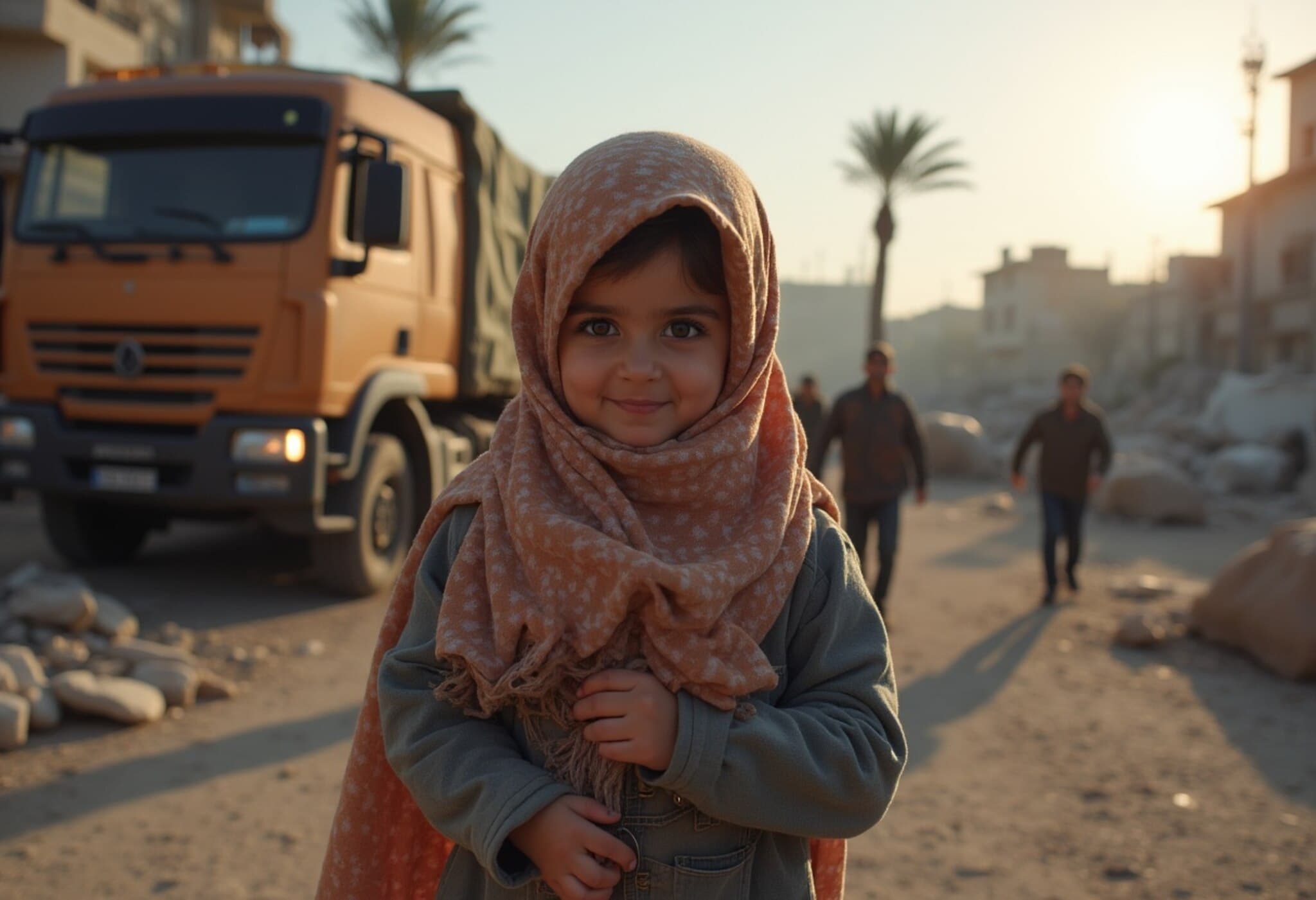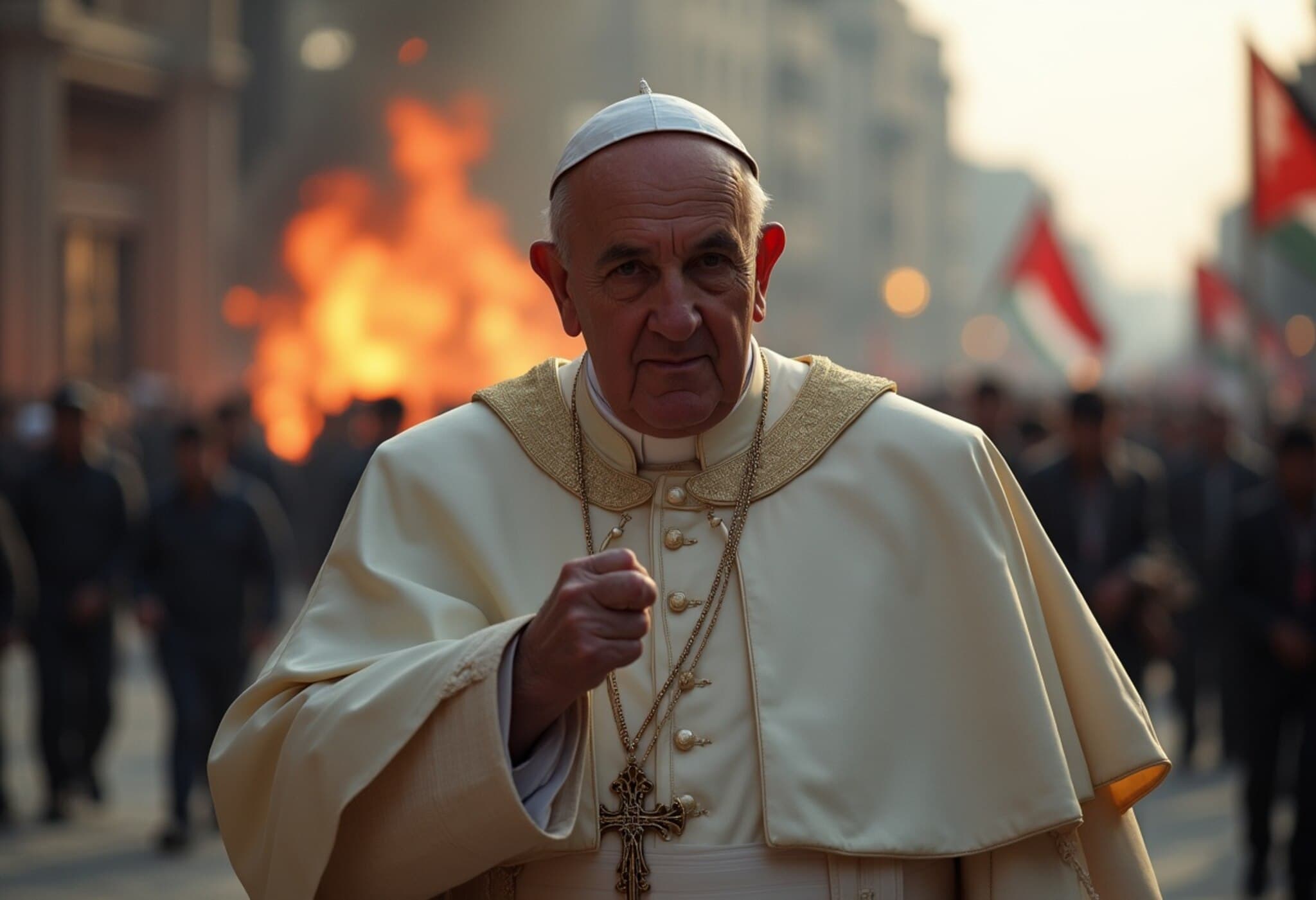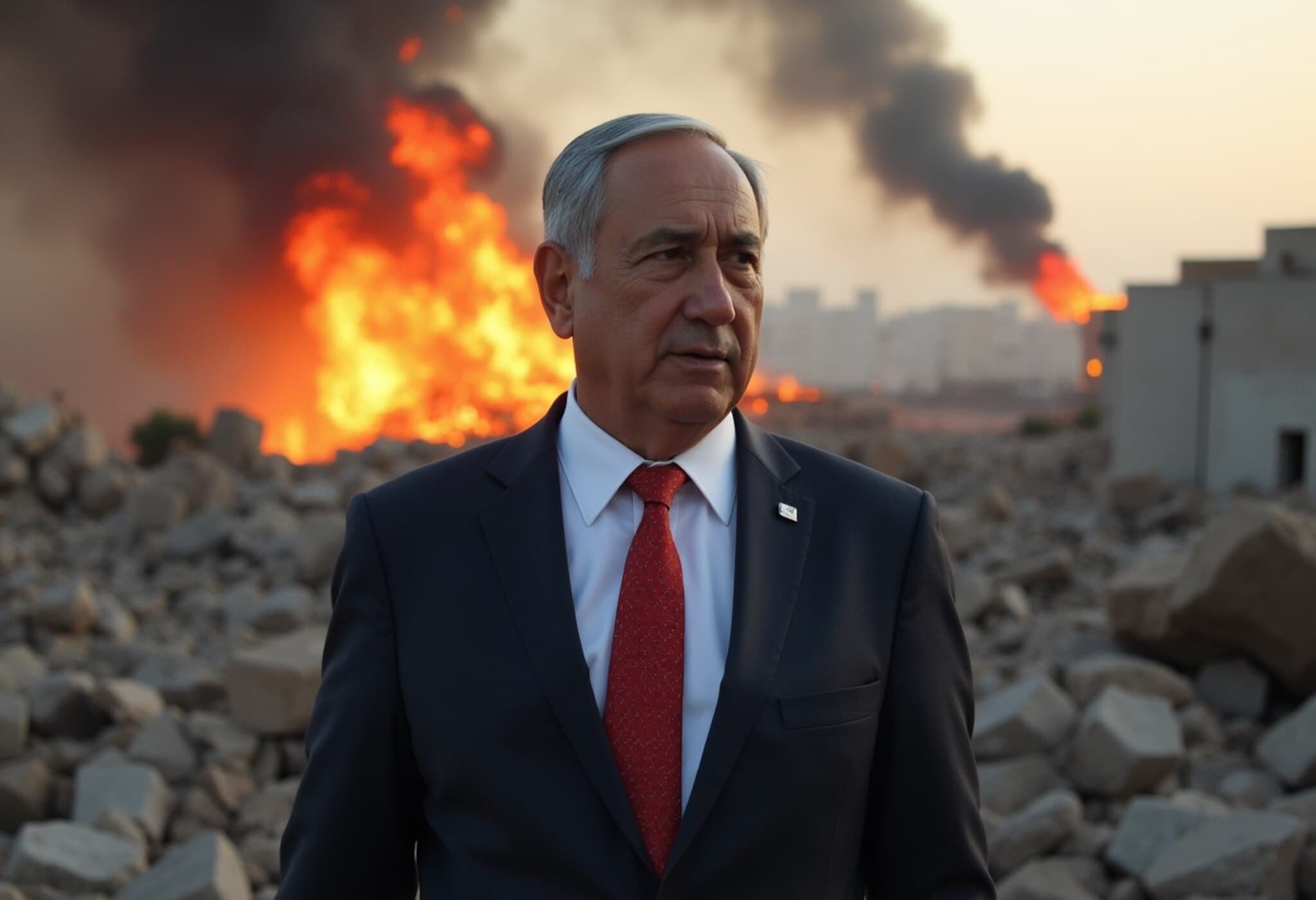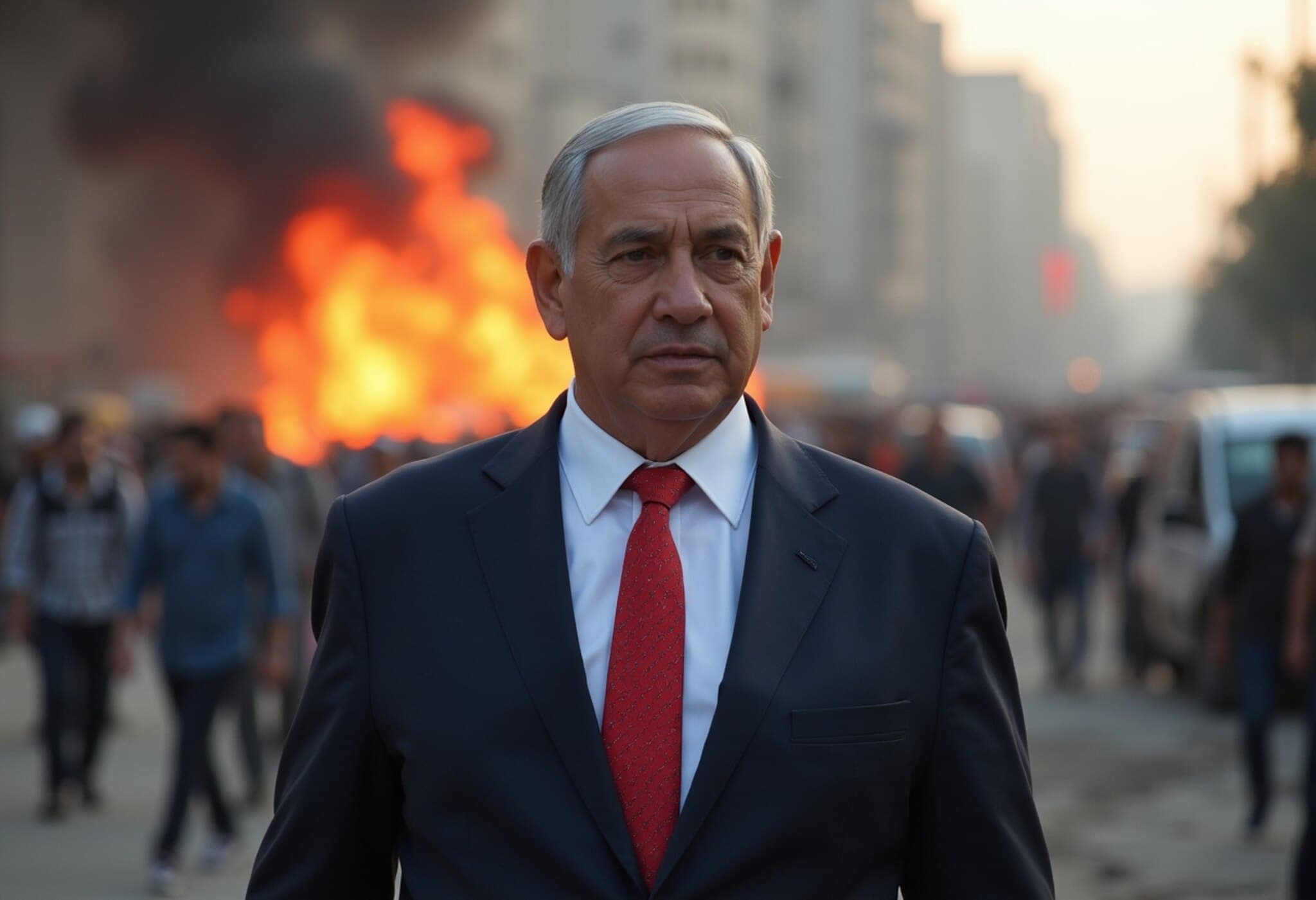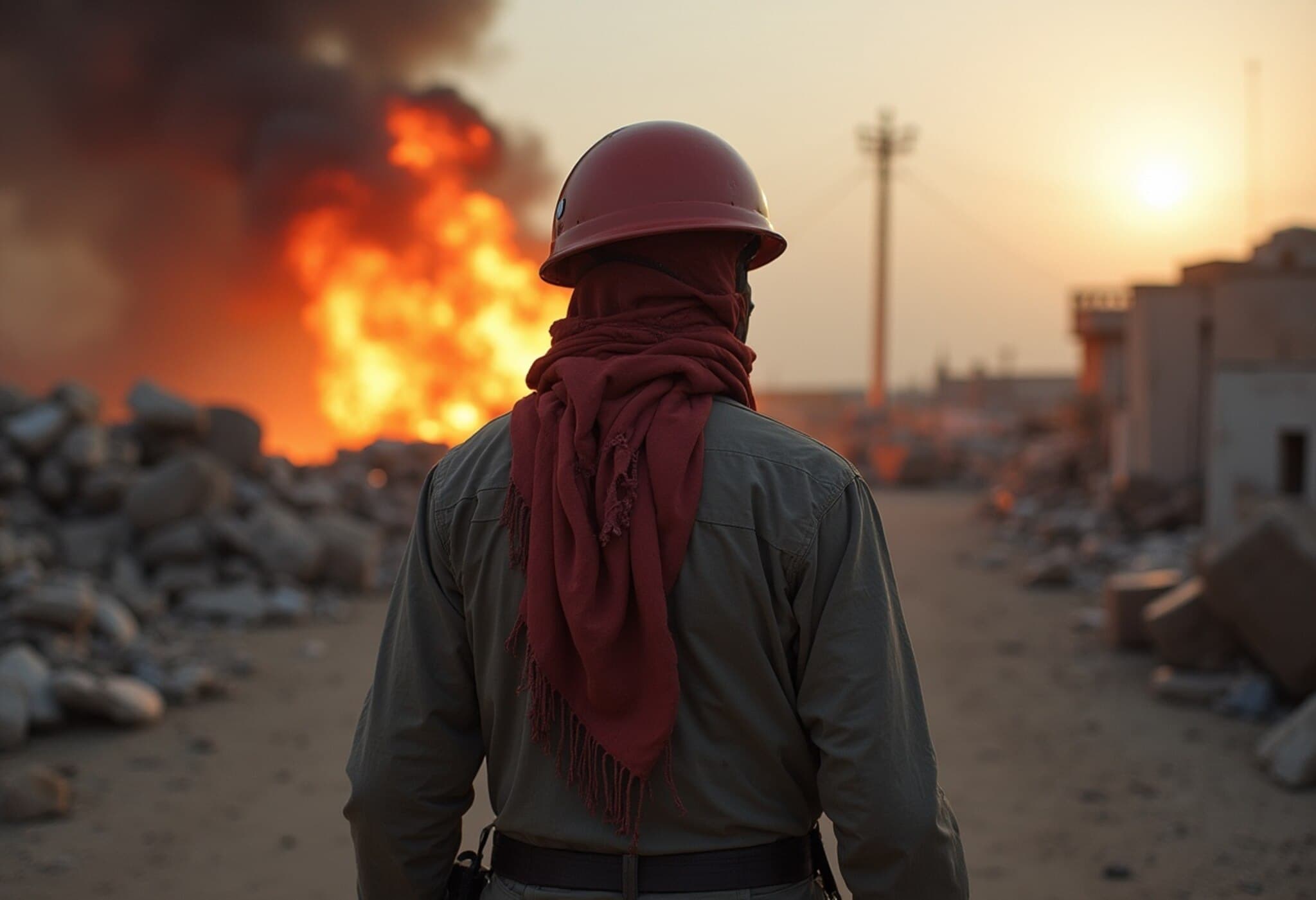New Gaza Buffer Zone Proposal Emerges Before Netanyahu-Trump Meeting
Date: July 7, 2025
Location: Deir al-Balah, Gaza – As Israeli and Palestinian negotiations take center stage in Qatar, new details have surfaced revealing a ceasefire plan that includes a proposed buffer zone along Gaza’s borders and a significant humanitarian aid boost. These discussions come just days before Israeli Prime Minister Benjamin Netanyahu’s pivotal visit to the White House.
Context and Ceasefire Details
According to insiders familiar with the confidential negotiations, the ceasefire proposal advocates for a 60-day truce under which Hamas would hand over 10 living and 18 deceased hostages. Meanwhile, Israeli military forces would retreat to a newly established buffer zone straddling Gaza’s borders with Israel and Egypt. The plan also envisions the scaled-up delivery of humanitarian aid, largely managed by the United Nations and the Palestinian Red Crescent.
Notably, while this aid allocation marks a critical relief effort, the document does not clarify the future of the US- and Israel-supported Gaza Humanitarian Foundation, which has been a primary distributor of food aid since May.
Negotiations and Challenges
The talks in Qatar, however, ended without a breakthrough, with Palestinian sources citing the Israeli team’s lack of authority to finalize the terms. Ahead of his Washington visit, Prime Minister Netanyahu reaffirmed that his delegation carried explicit mandates to secure an agreement compliant with Israeli conditions, emphasizing the dual priority of recovering hostages and neutralizing Hamas’ military capabilities.
Adding a new dimension, the ceasefire document includes a personal guarantee by former President Donald Trump to uphold Israel’s commitment to the truce. This assurance aims to address Hamas’ skepticism, rooted in a prior ceasefire collapse in March when Israel resumed military operations abruptly.
“President Trump guarantees Israel’s adherence,” the document states, with Trump set to personally announce any ceasefire agreement.
Humanitarian Concerns and Aid Access
Despite ongoing violence, Israeli decision-makers have recently approved sending aid to northern Gaza, a region crippled by extreme food shortages. However, since March, aid flows into northern Gaza have been meager and sporadic, exacerbating the plight of thousands of displaced civilians confined to makeshift shelters and tents.
The Gaza Humanitarian Foundation’s main distribution point remains located near the Netzarim corridor, the ill-defined demarcation separating northern and southern Gaza.
Escalating Violence and Civilian Toll
Sunday witnessed intense Israeli airstrikes targeting Gaza, reportedly killing at least 38 Palestinians. Among the fatalities are women, children, and entire families, underscoring the devastating human cost amid ongoing hostilities.
- In Gaza City, strikes hit two homes, resulting in 20 deaths and 25 injuries.
- In southern coastal Mawasi, where internally displaced families reside in tents, 18 civilians were killed, including two entire families.
According to the Israeli military, over the past 24 hours, 130 targets linked to Hamas were struck, including command centers and weapons caches. Meanwhile, Israel expanded its military operations by hitting Houthi sites in Yemen—a development that signals broader regional security dynamics at play.
Stark Divergence on War’s End
The fundamental stumbling block remains the contrasting demands of the parties regarding a permanent end to hostilities. Hamas insists on firm commitments guaranteeing a total Israeli withdrawal and lasting peace, while Netanyahu maintains that operations will continue unless Hamas is decisively dismantled.
This conflict traces back to the October 7, 2023, Hamas attack that killed around 1,200 Israelis and took 251 hostages. Israel’s subsequent military actions have resulted in a staggering Palestinian death toll estimated at over 57,000, with women and children disproportionately affected, based on figures from Gaza’s Health Ministry—a critical source regarded as reliable by major international organizations.
Expert Insight: Navigating the Complexities Ahead
The latest ceasefire proposal reflects the intricate balancing act between humanitarian urgency and deep-rooted security concerns. The introduction of a buffer zone could mark a strategic shift toward limiting direct confrontations, yet its enforcement and the fate of hostages remain contentious issues.
From an American policy perspective, Trump's personal involvement underscores the geopolitical weight the U.S. places on stabilizing Gaza, while raising questions about the durability of guarantees from former administrations in a rapidly evolving conflict environment.
Moreover, the humanitarian dimension — with northern Gaza’s acute food crisis — highlights the pressing need for sustained aid access, which is often jeopardized by ongoing violence and political wrangling.
Critical Questions Moving Forward
- Can a 60-day ceasefire offer a credible pathway toward lasting peace between Israel and Hamas?
- How will the planned buffer zone function in practice, and what mechanisms will ensure its integrity?
- What role will international actors and aid organizations play in addressing Gaza’s humanitarian crisis amidst continued hostilities?
- How might the Trump guarantee impact trust between the negotiating parties and future U.S. involvement?
Editor’s Note
The evolving Gaza ceasefire talks epitomize the profound challenges of peacemaking in a deeply entrenched conflict. While the proposed buffer zone and humanitarian relief efforts offer glimmers of hope, the underlying political impasse on war termination and hostages’ fate persists. Readers should consider how diplomatic guarantees balance with on-the-ground realities and what this means for civilians caught in the crossfire. As this story develops, it remains imperative to scrutinize not only the agreements on paper but their capacity to transform lives amid decades of turmoil.

